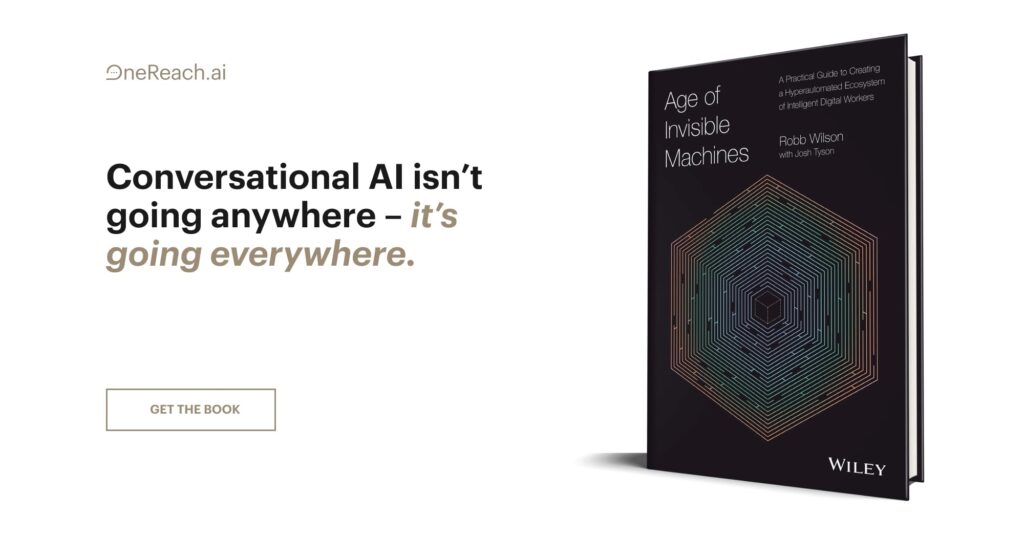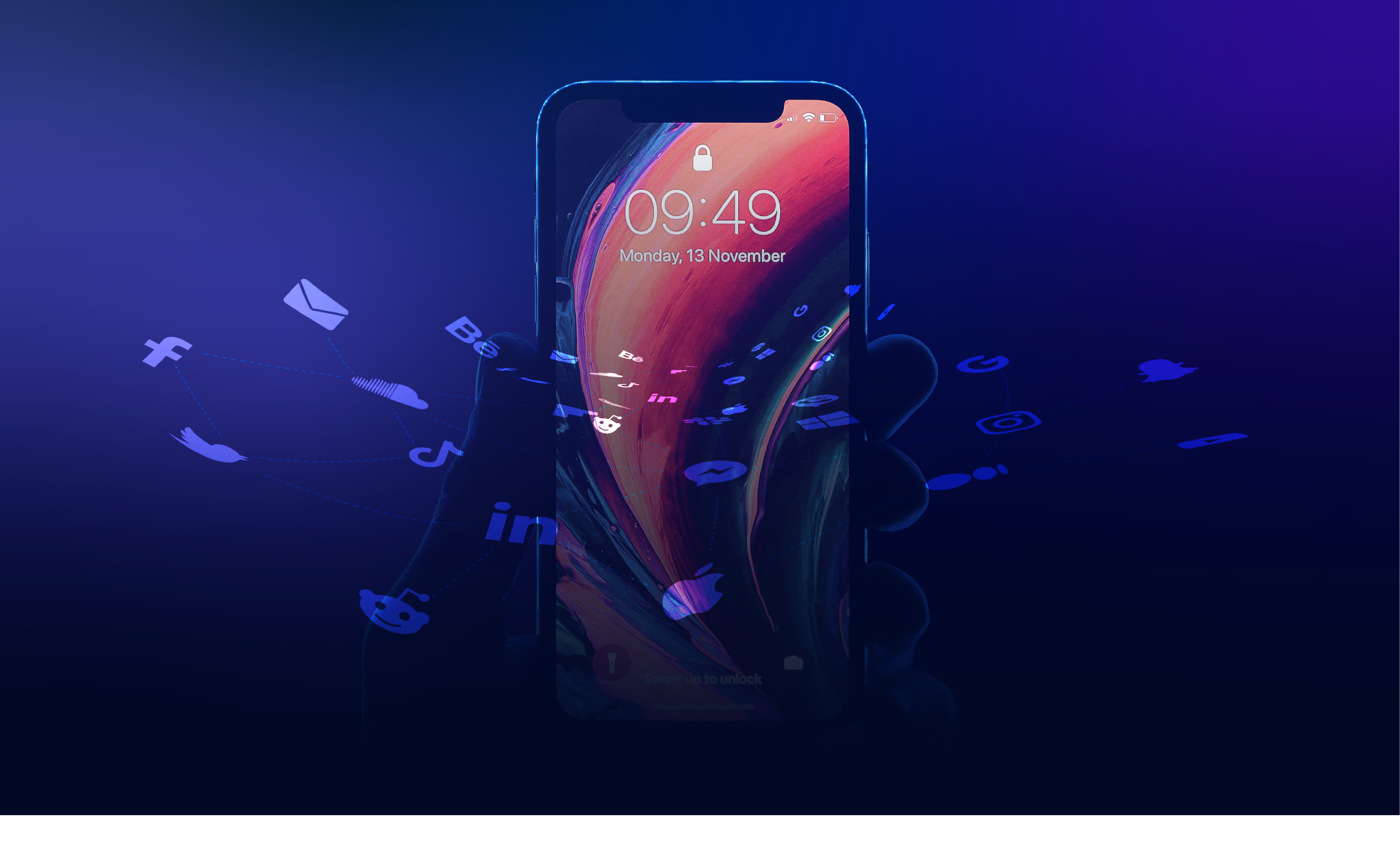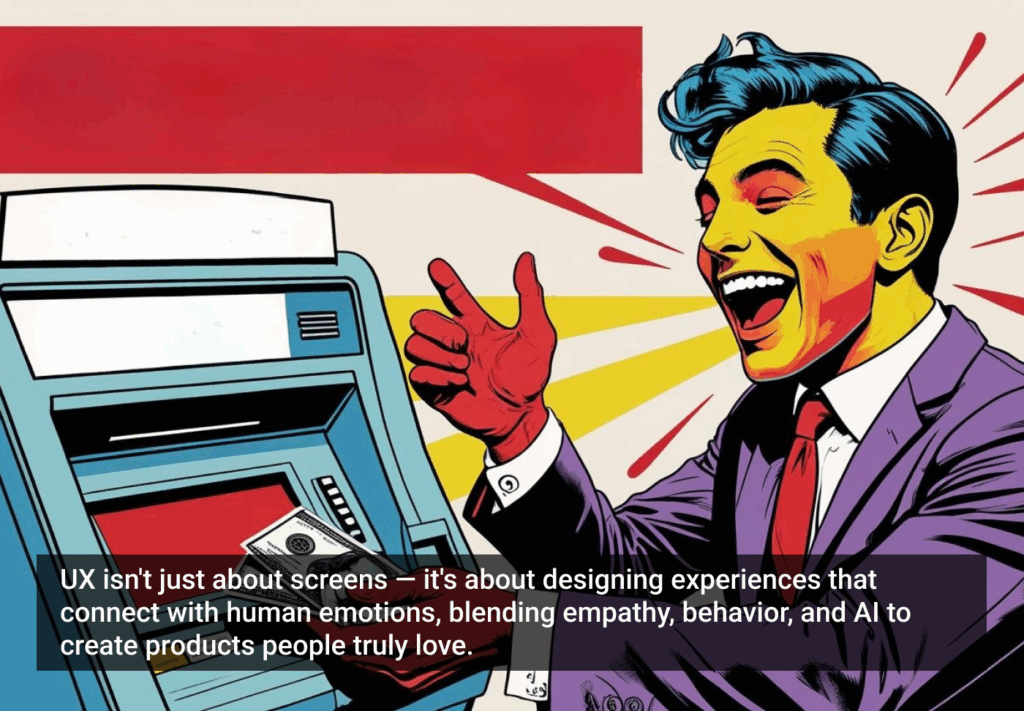In the wake of the smartphone boom 10-plus years ago—and the scramble of businesses to adapt—21st Century Fox CEO James Murdoch quietly posited something insightful: “Connectivity doesn’t just mean you get a lot more chances to deliver messages about customer service and pricing plans. This isn’t one-sided. It enables people to talk back.”
Murdoch wasn’t so much prescient as he was keenly aware of the digital landscape, but few had articulated the new mobile user dynamic so candidly. And, in some ways, this view of mobile connectivity foreshadowed the future of digital development—ever-faster, ever-smarter mobile applications that assume, not avoid, relationships with users.
The question, of course, is how this works. The mere idea of an app having a relationship with a user is preposterous to many and yet, with artificial intelligence constantly improving, we’re already in that liminal space where we sometimes can’t tell humans from bots. The next big development ushering in nuanced, human-like relationships? Conversational AI.
There are a smattering of definitions for this ever-changing tech online, most rooted in the “human-like” conversation that conversational AI allows. As Watson brainchild IBM paints it, “[conversational AI] is technology (like chatbots or voice assistants) which users can talk to … and imitate human interactions, recognizing speech and text inputs.” Other definitions, many too vague to be of much help, talk up the “real” conversations that are the ultimate benefit of this new AI.
But what does “human-like” or “real” mean? For that matter, how exactly should we define “conversation”?
Given these questions, let’s start with a retooled definition.
What is conversational AI—really?
IBM’s definition of conversational AI is perhaps the most comprehensive of the ones I found. And yet, it’s missing a few key components. Let’s break it down into three key points:
- Conversational AI is technology that allows humans to communicate via digital interfaces in ways that mirror human-human interaction.
- This interaction can involve several different engagement methods. Most commonly, it involves voice or text chat, but it extends beyond these to any of the ways a human might interact with an interface to get a response—i.e. a conversation. (See the example below.)
- While many conversational/chat tools currently direct users to a human to answer questions or resolve issues, it’s important to note that this is not conversational AI; it’s human-human messaging. Conversational AI uses artificial intelligence to act in place of a human business representative, allowing bots to converse with a user in natural human language and complete nuanced tasks.
Take the Lyft app as an example. If I open up the app to request a ride, I can easily text or call the driver using one-tap icons on the screen. But my engagement almost never involves that functionality; instead, I press buttons on the screen which respond with information, often tailored to my unique circumstances and needs. Sometimes, the design even changes to accommodate a new use case—like when I click “Donate” to learn about ways to support Lyft-sponsored charities.
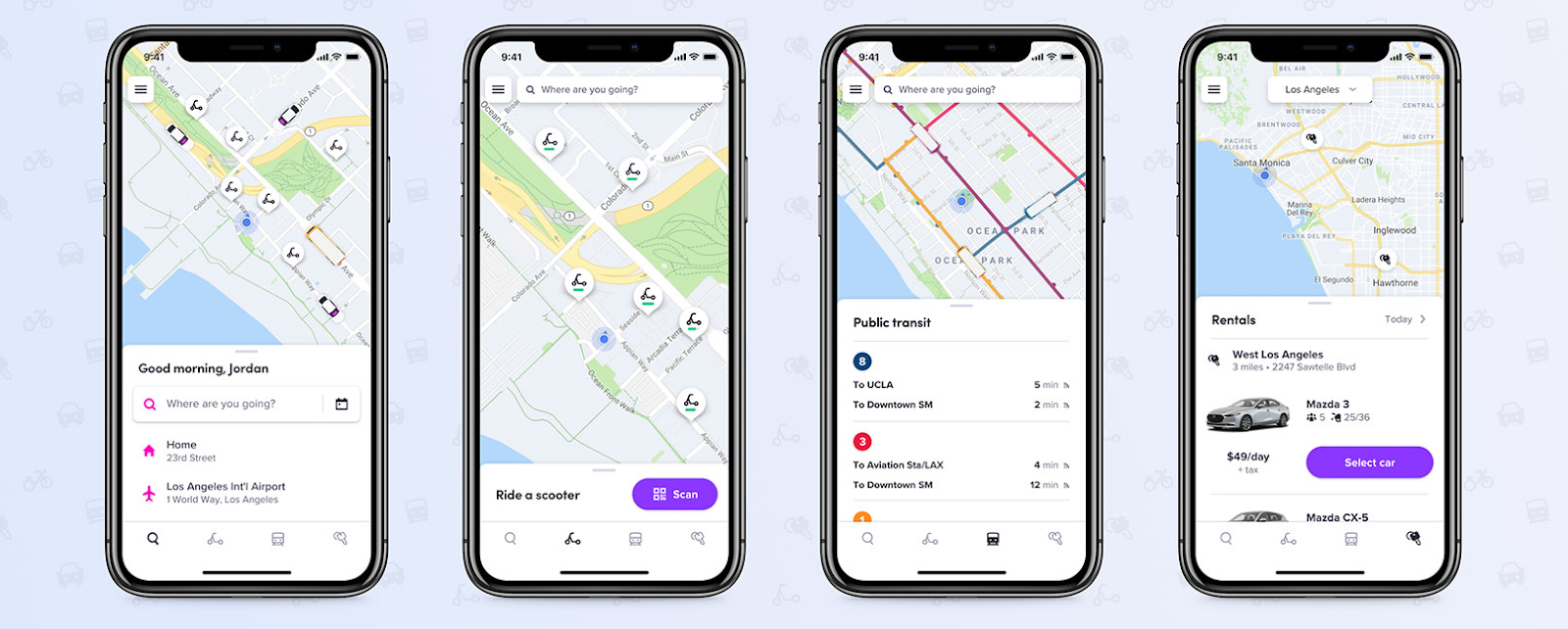
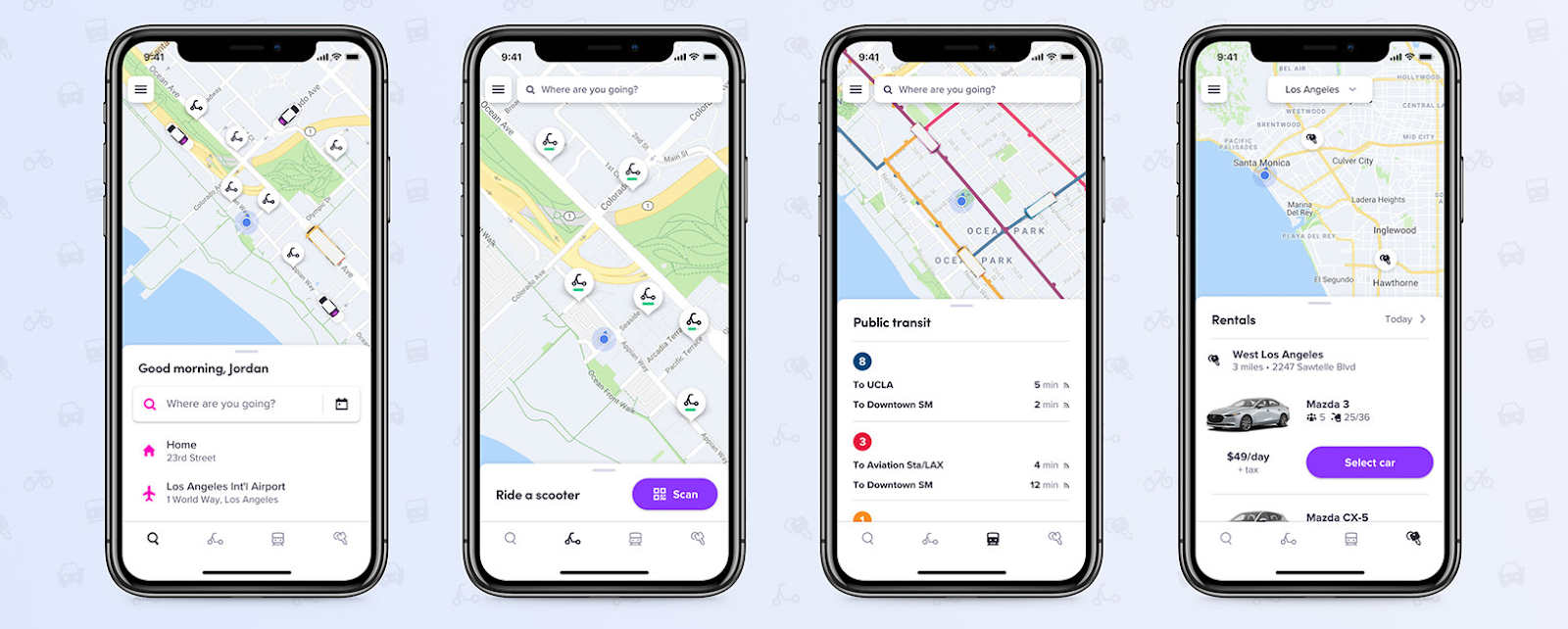
The Lyft app is a great example of graphical, personalized “conversation.” (Source: Lyft)
All of this is conversation. It’s back-and-forth, ongoing engagement with the app that delivers personalized information quickly and without a human rep stepping in to help. If you think about it, this is how we “communicate” with all well-designed apps. The good ones make it possible to do just about anything with simple, intuitive engagement, even anticipating needs with custom prompts.
In sum, this is the broad world of conversational AI—far beyond the voice and text commands that now rule the digital personal assistant world. And its potential for mobile applications is huge.
Setting the stage: Mobile app use in 2020
You wouldn’t be surprised if I told you mobile apps hog most of our attention. According to eMarketer, 90% of mobile internet time is spent in apps. And while most of us have 10 or more apps installed on our phones, the ones getting the most love allow for maximum engagement: chat, gaming, and shopping apps.
Perhaps the most critical stat from eMarketer is this one: 50% of mobile app time is spent in social/communications apps—the ones we use to build and maintain relationships.
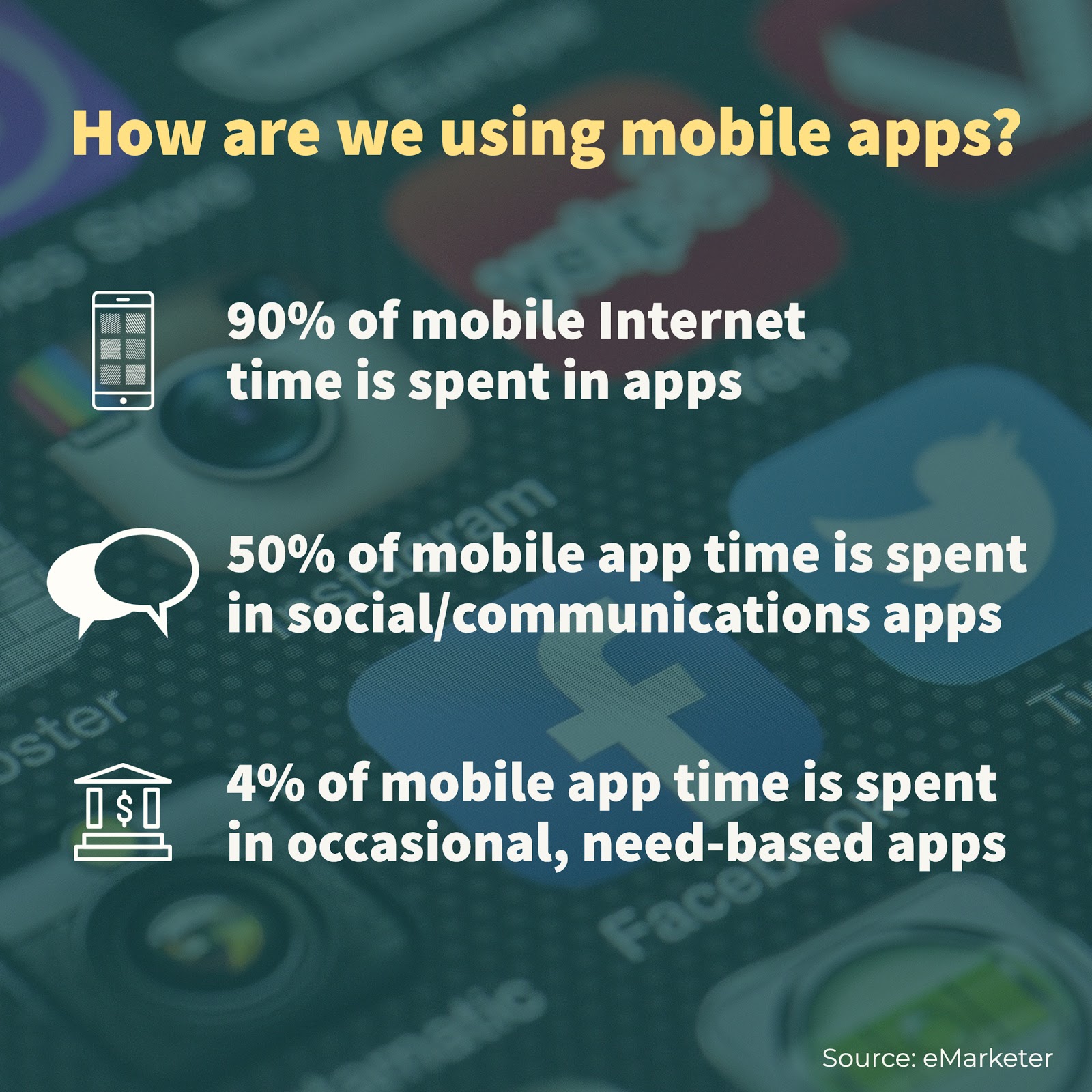
So what are the common themes here? Clearly, we love engagement—not just apps that allow us to take action, but take action with immediate response, i.e. conversation. When we attack a monster in our favorite mobile game, the monster fights back. When we click on the latest gadget in our Amazon app—one often selected for us based on our browsing habits—we’re prompted to buy it and given personalized follow-up options instantly. And when we share a photo with our hundreds of followers on Instagram, we expect likes and comments in just a few minutes.
Two-sided interaction, personalization, relationship, convenience, speed, these are the things we’re after, and the current mobile app use stats bear this out.
The many-layered mobile app problem
There’s one more stat worth noting that underscores a pervasive problem in the world of business-specific mobile apps: Only 4% of app usage accounts for occasional, need-based apps like those in the travel and finance spaces.
The truth is, most businesses don’t provide services or products we use every day. And, to date, their mobile apps have focused only on their core offerings. Some fold in push notifications about seasonal sales or special deals while others send reminders to check out the latest inventory or sign in for updates.
That’s not relationship-building. It’s one-sided, pushy salesmanship—often a turnoff.
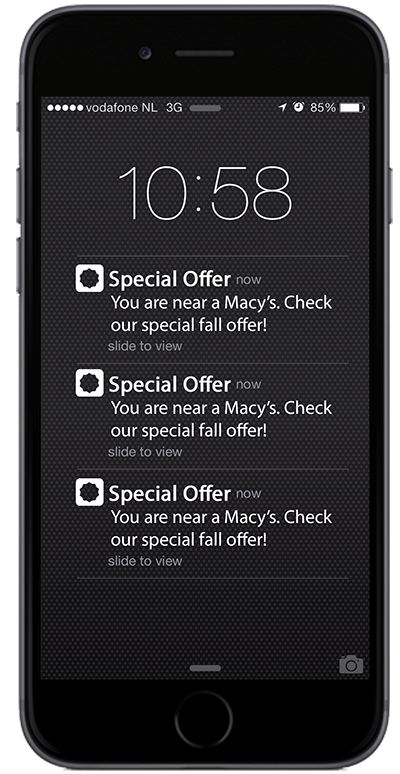
Push notifications tend to be a turnoff—especially if they’re aggressive and salesy. (Source: UX Planet)
But that’s not the only problem. Many companies smart enough to know we crave conversation deploy basic conversational AI functionality in a frustratingly clumsy way.
Robb Wilson, founder of conversational AI leader OneReach.ai, shared an example with me that brings this painful truth to light.
On a vacation, he used the Four Seasons app to send a message to the front desk. Yes, there was a chat function in the app itself, but it immediately sent customer messages to a human—a human who, it turns out, took a half hour to respond. So much for convenience and speed.
Later, he learned that Four Seasons had started using the messaging app Viber as a digital concierge. It was not only a means of communicating with staff, but it featured automated messages that reminded guests of key hotel events—happy hour in the lobby bar, kids’ events held on the main floor, updates on pool hours. This, Wilson thought, was the next step.
But it was still lacking. Not only did guests have to juggle two apps, but Viber wasn’t equipped as an automated bot—it couldn’t do anything beyond connect you to a human being. No AI-driven conversation.
What’s more, it wasn’t really personalized. For Wilson, this underscored a major flaw in app design: “The apps we avoid are cookie-cutter,” he says. “They’re not tailored to us.”
“Plus,” he adds, “their ability to handle complex tasks is just not there.”
Another example Wilson proffers, underscoring the complexity issue: “Most people don’t go to their app to cancel a cell phone contract or book travel. They do that by phone, sometimes on a website. Why? Because they don’t think carrier or airline apps can handle complex requests. And, in most cases, they can’t.”
While lack of personalization, clunking tech rollout, and rudimentary conversational AI make mobile apps more miss than hit, Wilson sees this as an opportunity—an opportunity to bring together rich data, ever-advancing AI, and NLU conversational technology to deliver hyper-personalized experiences to everyone.
“Think of it this way,” he tells me. “Instead of your website being your company’s front door, your mobile app will be your company’s front door. But a lot more powerful—it will be able to handle all of the conversations and requests your website never could.”
Wilson has been pursuing these personalized implementations of conversational AI for well over a decade, and is leading a team that’s logged over 2,000,000 hours of testing on more than 20,000 conversational AI applications. All of that work has led to the development of an in-depth strategy for creating ecosystems in which conversational AI can be sequenced with other advanced technologies to achieve states of what’s known as hyperautomantion. (If you’re at all interested in understanding where conversational AI is ultimately headed, and how hyper-personalized experiences with technology will evolve, I highly recommend reading his white paper, Age of Invisible Machines.)
Problem, meet solution: Next steps for conversational AI
Clearly, mobile applications are dealing with some issues. And, according to Wilson, organic adoption of conversational AI tech will help solve that. But it’s not as simple as buying new tech and plugging it into your app.
When I asked Wilson where companies could look for examples of good conversational AI in action—or, for that matter, educational resources to educate the next generation of businesses—he admitted there are slim pickings.
“There’s not a lot out there yet, to be honest,” he says. “And those companies that are doing it are doing it kind of as a trial-and-error test.”
What you see now are chatbots—clunky, for the most part, owing to only basic knowledge of bot scripting and nascent AI. But things are improving, slowly.
To paraphrase Wilson’s predictions:
The path to conversational AI that really serves as a personal assistant in an app is going to come with improved natural language understanding (NLU) technology, more seamless integration with business and consumer data, and the ability to run a network of interconnected algorithms instantaneously to deliver hyper-personalized content in a human-centric, conversational interface.
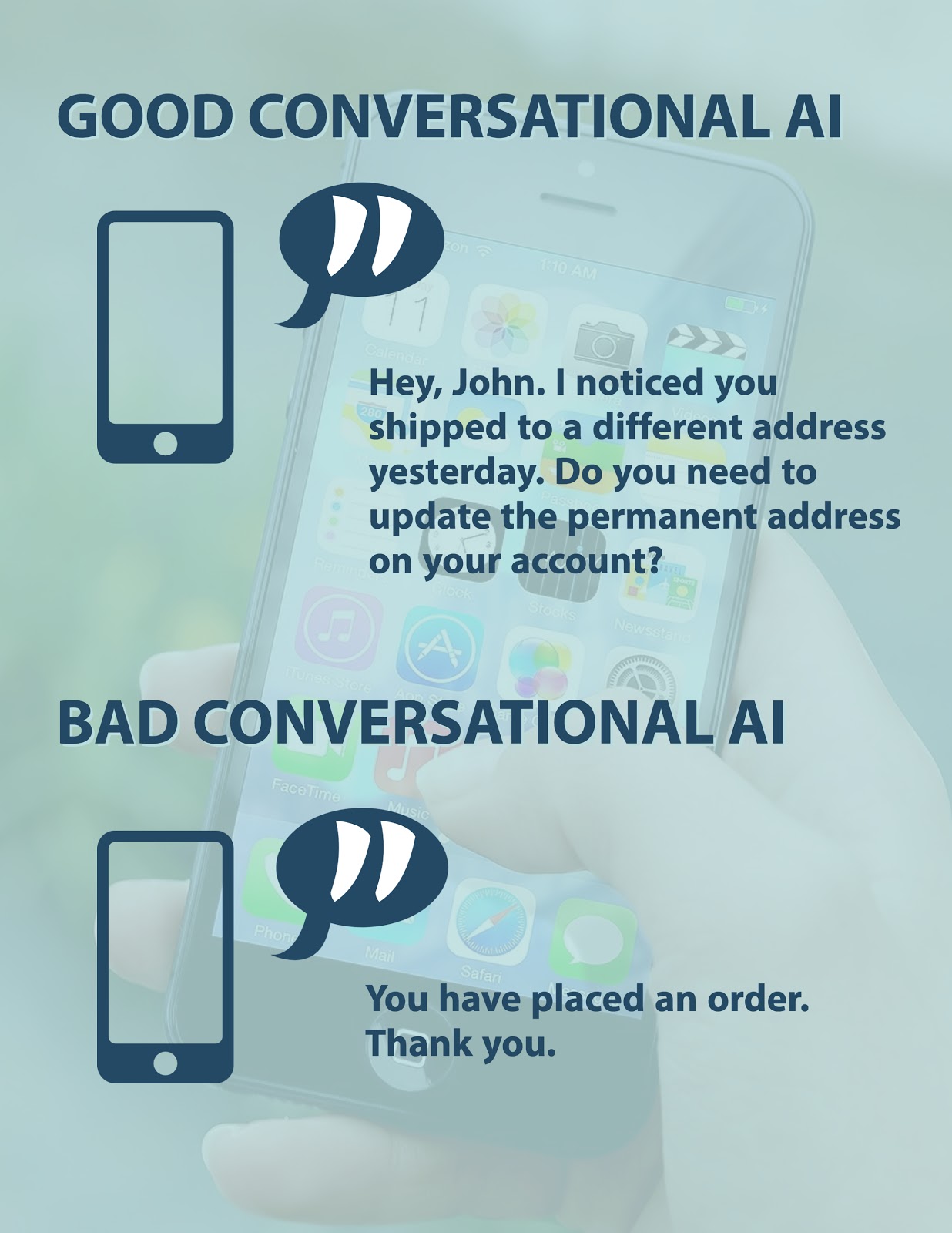
And while, he admits, there is no clear vision for how the conversational AI-driven apps of the future will ultimately be developed, it’s worthwhile diving in now—for the learnings.
“The first step for any business is to deploy a chatbot in their app,” he urges. “And don’t go simple. Pick something that’s more sophisticated—if budget allows—so that you can deliver an even more personalized customer experience.”
Yes, he acknowledges, the chatbot you deploy today may be obsolete in a year and you’ll need to start over with new tech. But it won’t be a loss. You will have learned not just how to script conversation for bots and how to train them to follow a complicated decision tree or handle custom requests. You will have changed your thinking.
“Think of it this way,” Wilson suggests. “Instead of organizing your business in Excel, you’ll start doing it with bots—bots that can learn both from your staff and from the patterns in customer engagement. Instead of digging up info in a spreadsheet, you’ll just ask a bot to find it for you.”
And in this fundamental shift, you will understand that conversation is not just a convenience or a fun application feature—it’s how we do everything in our lives.
As idyllic as all of this sounds, I prod Wilson for a timeline: When will we actually see this come to pass?
“Big companies are already starting to roll it out,” he tells me. “There’s a bigger return on investment for them so they’re actively working on it.” And as soon as they roll it out, Wilson predicts, we’ll all be using it.
It’s only a matter of time, then, until sophisticated, conversational AI becomes the norm—not the exception.
